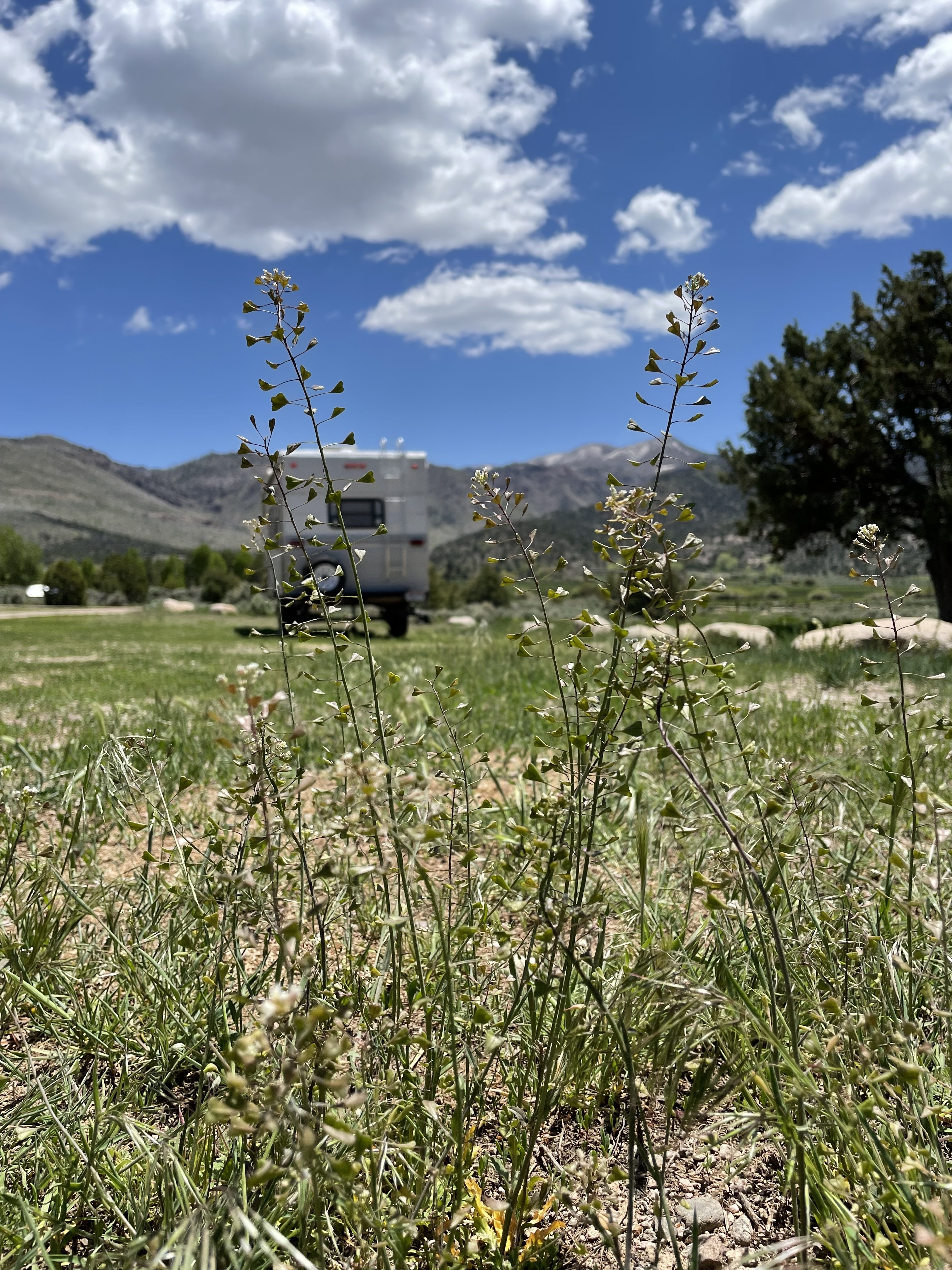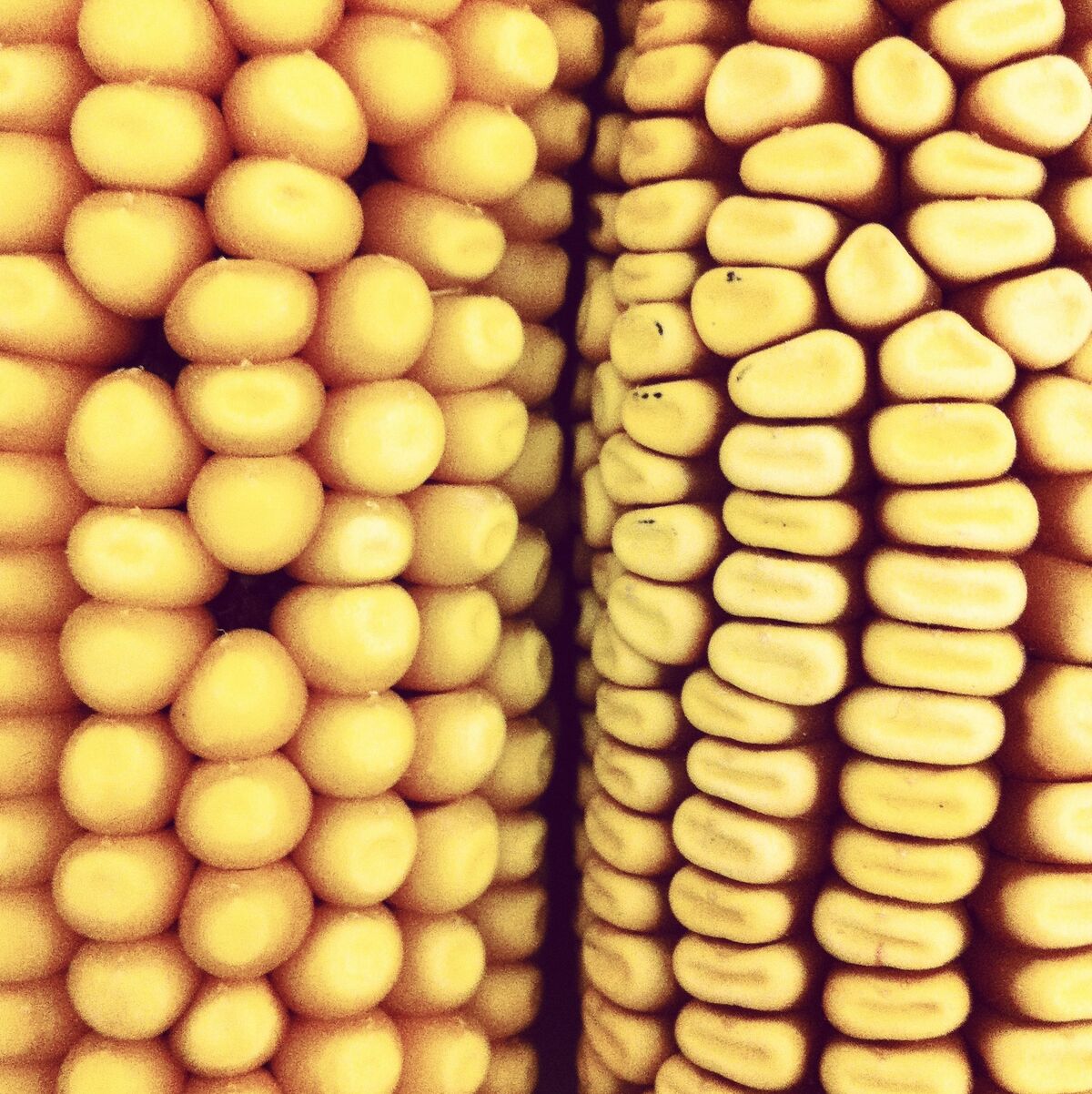Research
The lab is broadly interested in understanding how various evolutionary forces, like drift and selection, shape patterns of genetic variation and trait variation in natural and domesticated plant species. Questions in this realm include:
- Why does genetic variation persist within populations?
- What evolutionary forces shape genetic divergence between populations?
- How do plants adapt to new environments (if they do)?
- What role does plasticity (trait response to the environment) play in evolution?
We tackle these questions using population genomic and quantitative genetic techniques with a focus on thinking about quantitative (complex) traits and gene expression. We’re also interested in not only answering these questions for our specific species, but developing methods and techniques that other scientists can use in their own work.
Study systems
We are open to working in a number of crop or wild plant species. Some lab favorites are described below.

Capsella bursa-pastoris (‘Shepherd’s Purse’) is a small weedy annual species that’s found worldwide, especially in disturbed environments. It often gets mistaken for its Brassicaceous relative Arabidopsis, but it is much cooler than Arabidopsis. It’s also an allo-polyploid. At the moment, members of the lab are investigating how C. bursa-pastoris established in North American cities, the genetic and environmental factors underlying leaf-shape variation, and introgression between C. bursa-pastoris and its close relatives.

Corn (‘Maize’, Zea mays subsp. mays) is not only delicious but a great genetic model for thinking about adaptation during domestication and breeding. Maize is currently grown at a staggering scale (over 96 million acres in the US alone!!) but is also grown world-wide in a range of habitats. Current work in the lab focusses on identifying transposable element polymorphisms in maize and linking these polymorphisms to trait variation.

Chamaecrista fasciculata (Partridge pea) is a legume common in North America. It is a classic system in evolutionary ecology. The lab is currently part of a large collaborative project to investigate how C. fasciculata populations may respond to climate change.
Talks
To learn more about our research, check out these recorded conference talks on the Josephs Lab youtube channel!!!
Additional talks:
- Emily Josephs - “The contribution of local adaptation to GxE” - Evolution 2019
- Emily Josephs - “Detecting adaptive differentiation in structured populations” - Green Life Science Symposium

